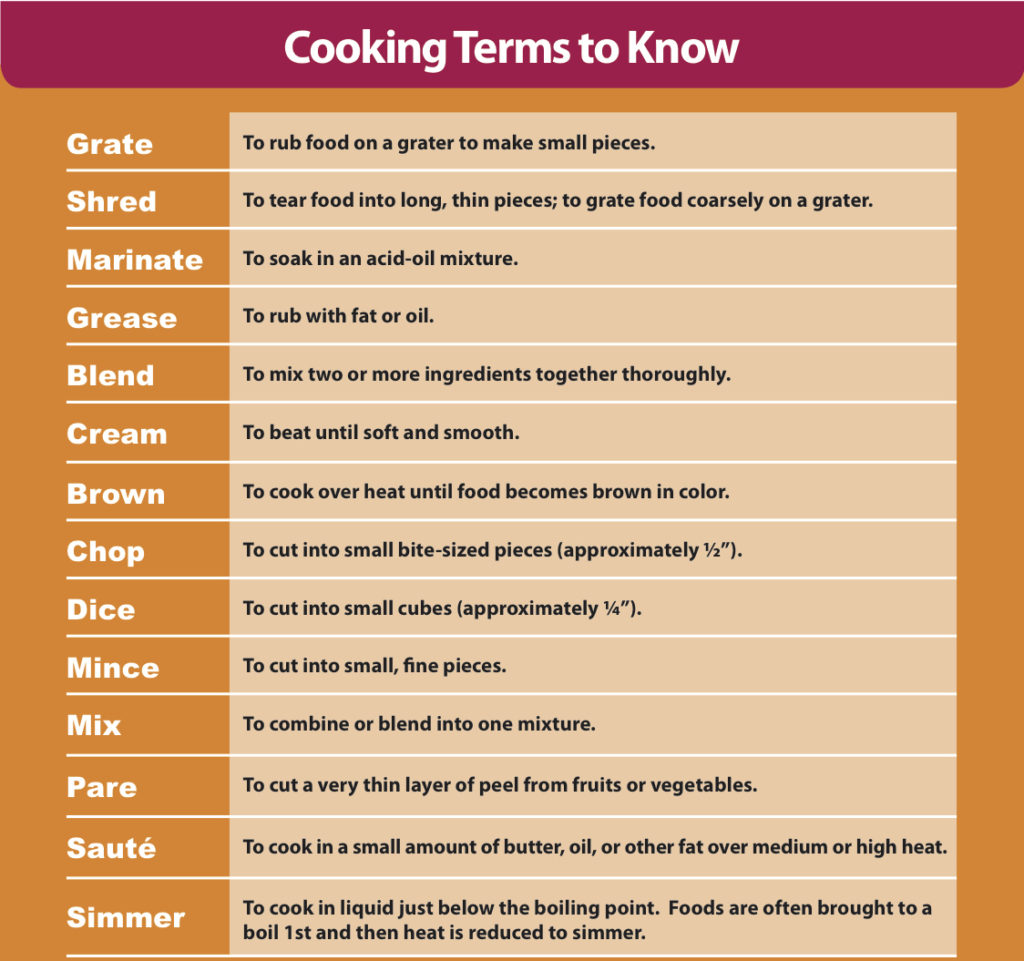
Exploring the Basics: A Journey through Cooking 101 Classes
Getting Started: An Introduction to Cooking Essentials
Cooking 101 classes serve as a gateway for beginners, offering a comprehensive introduction to the fundamental aspects of cooking. From understanding kitchen tools and equipment to learning basic cooking techniques, these classes provide novices with the essential knowledge needed to navigate the culinary world confidently.
Mastering Kitchen Tools: Learning the Essentials
In Cooking 101, students familiarize themselves with various kitchen tools and appliances, including knives, pots, pans, and utensils. They learn how to select the right tools for different cooking tasks and gain hands-on experience in using them effectively. By mastering the tools of the trade, students lay a solid foundation for their culinary journey.
Understanding Ingredients: Exploring Flavor Profiles
A crucial aspect of cooking is understanding ingredients and their role in creating delicious dishes. Cooking 101 classes introduce students to a wide range of ingredients, from herbs and spices to proteins and vegetables. Students learn how different ingredients interact with each other and explore various flavor profiles, helping them develop a discerning palate.
Learning Basic Techniques: Building Culinary Skills
Cooking 101 covers a variety of basic cooking techniques that form the building blocks of culinary expertise. From chopping and sautéing to boiling and roasting, students learn how to execute these techniques with precision and confidence. Through hands-on practice and instructor guidance, students develop essential culinary skills that they can apply in any kitchen setting.
Exploring Culinary Cultures: A Global Perspective
Culinary exploration is a key component of Cooking 101 classes, offering students the opportunity to discover diverse culinary traditions from around the world. From Italian pasta dishes to Asian stir-fries, students explore a variety of cuisines, learning about their unique ingredients, cooking techniques, and cultural significance. This exposure broadens students’ culinary horizons and inspires creativity in the kitchen.
Embracing Creativity: Experimenting with Recipes
Cooking 101 encourages students to unleash their creativity and experiment with recipes. While learning the basics, students are also encouraged to add their own twist to classic dishes, exploring new flavor combinations and presentation techniques. This hands-on approach fosters confidence and allows students to develop their culinary style.
Nutrition and Wellness: Making Informed Choices
In addition to learning cooking skills, Cooking 101 classes often incorporate elements of nutrition and wellness education. Students gain an understanding of the importance of balanced nutrition and learn how to make healthy choices when planning and preparing meals. By prioritizing health and wellness, students develop habits that support lifelong well-being.
Building Confidence: Navigating the Kitchen with Ease
Cooking 101 classes are designed to build confidence in the kitchen, empowering students to tackle new recipes and cooking challenges with ease. Through practice, feedback, and encouragement, students gain the skills and confidence needed to cook delicious meals for themselves and their loved ones. This newfound confidence extends beyond the kitchen, enriching students’ lives in countless ways.
Community and Connection: Sharing Culinary Experiences
Cooking 101 classes provide more than just culinary education; they also foster a sense of community and connection among students. Through shared experiences, collaborative cooking projects, and meal sharing, students form bonds and friendships that extend beyond the classroom. This sense of camaraderie adds an extra dimension to the learning experience, making Cooking 101 classes not just educational but also enjoyable and enriching. Read more about cooking 101 classes
